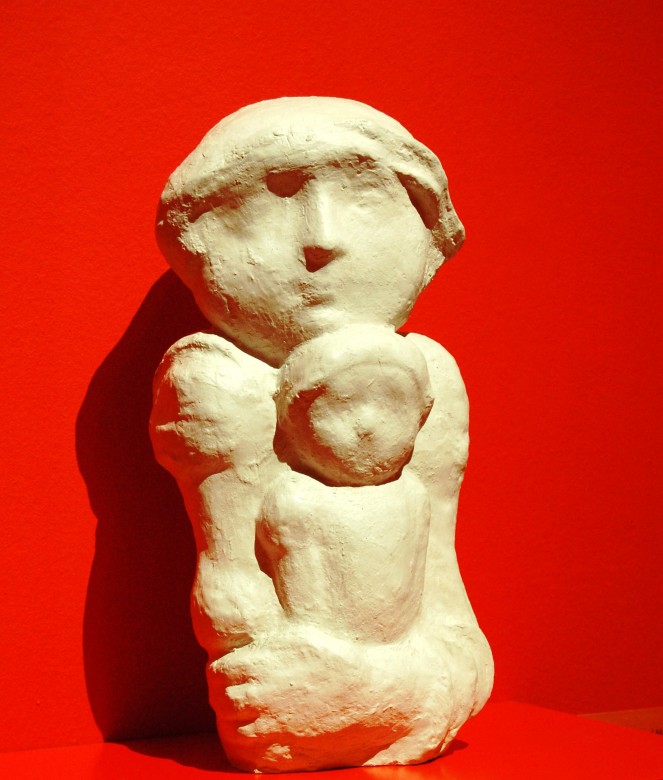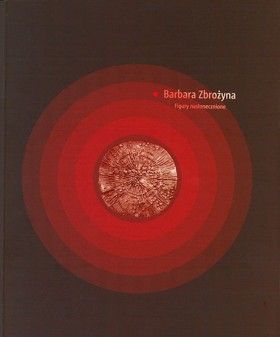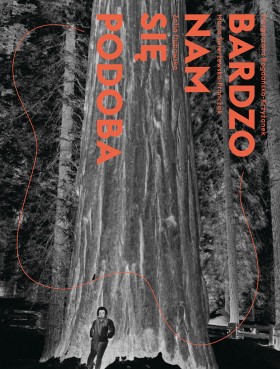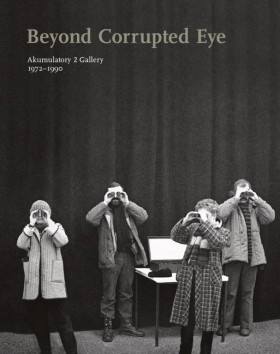Barbara Zbrożyna Sunlit Figures
28.03 – 18.05.2008 Barbara Zbrożyna Sunlit Figures
Zachęta National Gallery of Art
curator: Anna Maria Leśniewska
cooperation: Julia Leopold
The exhibition presents a synthetic overview of the work of a well-known Polish woman sculptor, who participated in the crucial actions of Polish art of the second half of the 20th century. The exhibition is also an opportunity to confront the sculptural tradition that developed in the studio of Xawery Dunikowski. Zbrożyna remembered Professor not only as the most outstanding Polish sculptor and teacher of sculpture, but, above all, as an artist with an immense power of inspiration.
The supreme principle of Zbrożyna’s work was to see reality through the individual existence, and, therefore, to capture the most important aspects of human life, to indicate values and try to communicate them as models of a worthy life. That stemmed not only from the sculptor’s rich experience as an artist and teacher, but also from her tolerant attitude towards human deficiencies. That philosophy made her open to experimentation, which was always accompanied by attempts to approach universal meanings using very simple means.
Like the rest of her generation, Zbrożyna achieved full artistic awareness around 1955, in an atmosphere of sharp ideological polarisation and radical revaluations of the achievements of 20th-century art. She co-founded the legendary Grupa 55 collective. Its first, almost illegal, exhibitions took place at the artist’s studio. Her best-known work of that period is The River, shown in the exhibition Sculpture in a Garden (1957). The interpenetrating soft, abstract, organic forms dialogued with Henry Moore’s works.
The Sun, a universal symbol with an optimistic message, was created for an exhibition connected with the United Nations Human Rights Year. Standing in dramatic contrast with it is the series of the Sarcophaguses, which were to be, as she wrote, ‘a trace of man, a token of martyrdom’. Thanks to their very concise form, the Sarcophaguses are almost abstract shapes that are a metaphor of lingering at the borderline of life and death. The Mourning Figures, in turn, became a symbol of the human lot, its insignificance, silent scream, a frozen expressive gesture.
The artist was an active member of the democratic opposition movement. Following the introduction of the martial law, her studio became the scene of an endless sequence of meetings, discussions, and exhibitions, as the result of which new artistic and social platforms and agendas emerged. As the president of the Warsaw branch of the Polish Fine Artists Association, banned at the time, she co-created the underground culture movement.
Sculpture was not her only means of expression. Drawing became an equivalent one, and, from time to time, she would abandon sculpture to devote herself to drawing fully organic, freely deformed shapes on paper. She weaved into her drawing fantasies a range of not fully articulated forms that were to express human suffering, the grief over the inevitable.
Sculpting for Zbrożyna was a ‘physical form of thinking’, a return to the roots, to joy, a way to manifest personal reflection borne out of an emotional attitude towards reality. In fact, her work is a multifaceted essay on humanism, on the need of getting in touch with the foundations of humanness. For her, art was an ‘expansion of the sphere of cognition and a quest for that particular sense of participating in the history of the world’. This is what this exhibition tries to talk about.
Barbara Zbrożyna
Sunlit Figures
28.03 – 18.05.2008
Zachęta National Gallery of Art
pl. Małachowskiego 3, 00-916 Warsaw
See on the map



